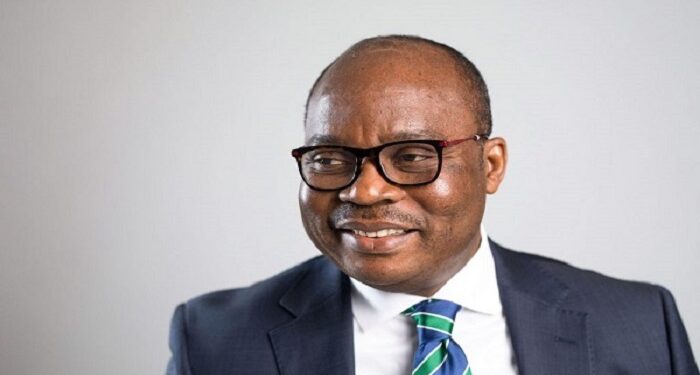The banking sector recorded a profit-after-tax of ¢4.4 billion for the first ten months of 2022.
This represents an increase of 17.2%, compared with 10.0% growth during the same period last year.
According to the Bank of Ghana, the banking sector recorded strong asset growth and improved profitability over the review period, but there are strong signs of emerging spillover effects from the recent macroeconomic challenges.
Net interest income grew by 22.7% to GH¢12.8 billion, higher than the 15.2% growth.
Net fees and commissions also grew by 25.4% to GH¢2.9 billion, compared with 22.9% growth over the same comparative period. Operating income accordingly rose by 27%, higher than the corresponding growth of 14.3% in 2021.
The industry’s operating expenses increased by 28.1% in
October 2022, compared with 11.0% for same period in 2021, on the back of the current challenging operating environment. Loan loss provisions also went up significantly, reflecting the pickup in credit growth and elevated credit.
Total assets of banking industry amountedto ¢249.9bn
Total assets of the banking industry amounted to ¢249.9 billion (an annual growth of 43.7%) at the end of October 2022.
Underpinning the growth in assets was sustained growth in deposits and borrowings, as well as the revaluation effect of the foreign currency component of key balance sheet indicators.
Total deposits reached ¢172.1 billion, representing an annual growth of 46.5%, compared with 17.2% during the same period in 2021. Borrowings also increased by 47.6% to ¢30.4 billion from ¢20.6 billion in October 2021.
Financial soundness indicators remain broadly positive
Financial Soundness Indicators remain broadly positive.
The industry’s Capital Adequacy Ratio (CAR) was 14.2% as at October 2022, above the prudential minimum of 13.0%, but shows a sharp decline from 19.8% recorded a year earlier.
The reduction in the CAR levels broadly reflects the impact of
ongoing macroeconomic developments, including the currency depreciation and the mark-to-market investment losses by some banks, as well as the continued growth in actual credit on the risk-weighted assets of banks.
However, the Non- Performing Loans (NPL) ratio improved from 16.4 percent in October 2021 to 14.0% in October 2022, on account of the higher growth in credit relative to the increase in the NPL stock.
Latest Stories
-
Nhyira FM feeds over 500 Kumasi residents at 2025 fufu party
3 minutes -
2025 Easter Football Gala to unite communities in Offinso North set for April 21
10 minutes -
Valencia stun Real Madrid for first victory at Bernabeu since 2008
11 minutes -
Luis Enrique eyes ‘unbeaten season’ as PSG clinch Ligue 1 title
25 minutes -
GPL 2024/25: Basake Holy Stars aiming to break duck against Berekum Chelsea
32 minutes -
SIC MD calls for stronger collaboration with brokers to boost Ghana’s insurance industry
47 minutes -
Westside school visits Safari Valley Eco-park as part of the Joy FM eco champions project
56 minutes -
Evelyn Badu goal gives Bjorkegren first Black Queens win as Ghana beat Senegal
2 hours -
Iranian president sacks deputy for ‘lavish’ Antarctic cruise
3 hours -
Tone down on ‘flash and burn’ politics – Dr. Adutwum urges
3 hours -
“There are issues everywhere” – TDC Boss orders EOCO probe into $1m IT contract, others
4 hours -
Let’s be vigilant, increase surveillance for meningitis – GHS Director General
4 hours -
Jaguar Land Rover to pause US shipments over tariffs
5 hours -
UKGCC Grand Challenge Programme highlights innovation in Ghana’s agricultural, energy sectors
5 hours -
Three sent off as Munoz gives Palace win over Brighton
5 hours

